Introduction: Joint pain is one of the common problems that affects most of them during their lifetime. The term sandhi shoola or sandhi ruja is used in Ayurvedic treatment for joint pains. Vata dosha resides in asthi (bones) and sandhi (joints). Sandhishoola is mainly due to imbalance in vata dosha. The vata dosha gets affected due to various internal and external factors, leading to dryness, stiffness, and inflammation of joints, and causes various vataja vyadhis. Ayurvedic treatment for joint pain focuses on balancing vata dosha through therapies, diet, and herbal remedies to restore mobility and reduce discomfort.
Different types of vataja vyadhis include:
- Sandhi vata (Osteoarthritis)
- Kati graha (Low back ache)
- Hanusthambha / hanu graha (Temporomandibular joint pain and stiffness)
- Gridhrasi (Sciatica)
- vishwachi (Frozen shoulder)
- Vata rakta ( Gouty arthritis, varicose veins)
- Other vataja vyadhi like bursitis, tendinitis, etc
Causes for Vata Vyadhis:
Due to intake of dry cold food, very less quantity of food, improper diet and lifestyle, exposure to cold breeze, too much of physical activities, more exercise, loss of sleep or less sleeping during night, suppression of natural urges etc. All these factors cause an increase of Vata dosha. This aggravated Vata is the root cause for many joint-related issues, and understanding these factors helps in planning effective ayurvedic treatment for joint pain.
Lakshana of Vata vyadhis (Symptoms):
Inflammation of joints, redness, swelling, tenderness, stiffness of the joint, pain, range of movement will be affected,Increased temperature over the joint can be felt.
Vata vyadhi chikitsa (Treatment):
The main basic principle in Ayurveda is to avoid the etiological factors. In Ayurveda, we use herbal medicine which pacifies the Vata dosha, eliminates toxins, and nourishes the Sandhi (joint tissue). These therapies form the foundation of effective Ayurvedic treatment for joint pain.
-
In Sandhi Vata (Osteoarthritis) – internally various Kashaya (Syrup), churna(Powder), Arishta, vati (Tablet) mainly of guggulu preparations are given. Locally abhyanga (Massage), swedana (Steam), lepa (Herbal paste), janu basti (Oil pooling) are advised. Shodhana (Purification therapy) like anuvasana and asthapana basti (Enema) is indicated. This forms an effective Ayurvedic treatment for joint pain.
-
Treatment in kati graha (Low back ache): Avoid causative factors, internally various Kashaya, vati, arishta. Locally abhyanga (Massage), swedana (Steam), and kati basti (Oil pooling) therapy. Shodhana like snehapana (Oleation) and basti (Enema) are done, providing comprehensive Ayurvedic treatment for joint pain.
-
In hanu Stambha and hanu graha (TMJ pain and stiffness) – avoid the cause, internally vati (tablets) preparations, externally abhyanga (Massage) followed by swedana (Sudation) and shodhana like nasya (Nasal drops), Kavala, and gandusha (Oil pooling) are advised. This approach is part of holistic Ayurvedic treatment for joint pain.
-
In gridhrasi (Sciatica), internally various Kashaya, vati, churna are given. Locally abhyanga (Massage) and sweda (Sudation) are done. Shodhana like sneha pana (Oleation therapy), basti (Enema) and siravyadha (Blood letting), Agni karma (Thermal microcautery) is advised.
-
Vishwachi (Frozen shoulder) – Avoid the etiological factors, vati (Tablet), Kashaya (Syrup-based formulations), arishta, and locally abhyanga (Massage), swedana (Steam) followed by sneha pana (Oleation therapy), nasya (Nasal drops).
-
Vata rakta (Gouty arthritis / Varicose veins) – internally Kashaya, vati, asava arishta preparations, locally we do abhyanga, swedana, rakta moksham (Blood letting), shodhana like virechana (Purgation) and basti (Enema) are advised.
According to the nature of the disease, and the constitution of the person, the treatment modalities vary from person to person. Along with these, even the diet and lifestyle modifications which pacify Vata dosha have to be followed. In all these treatments, the herbs used possess analgesic and anti-inflammatory properties, thereby relieving different kinds of joint pain. This makes it an effective Ayurvedic treatment for joint pain.
Conclusion: By all these Ayurvedic treatment modalities, one can get rid of joint pains and discomfort. Most people during the initial stage of joint pain, where one has mild to moderate pain and cannot undergo surgery due to age factors, can opt for this traditional system of medicine. It helps cure the pain without adverse effects, restores damaged cartilage cells, nourishes them, helps in the lubrication of the joint, and improves movement.

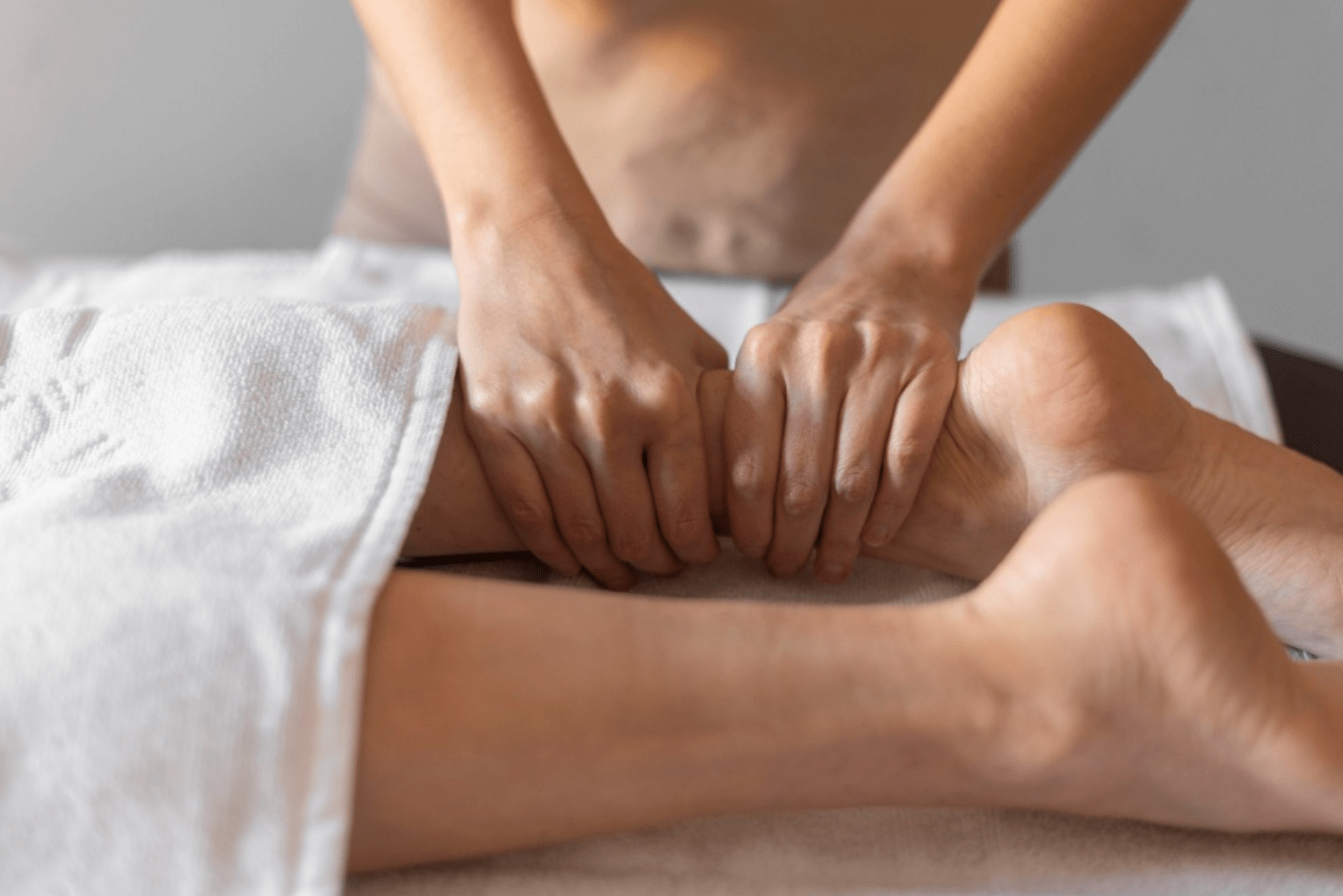
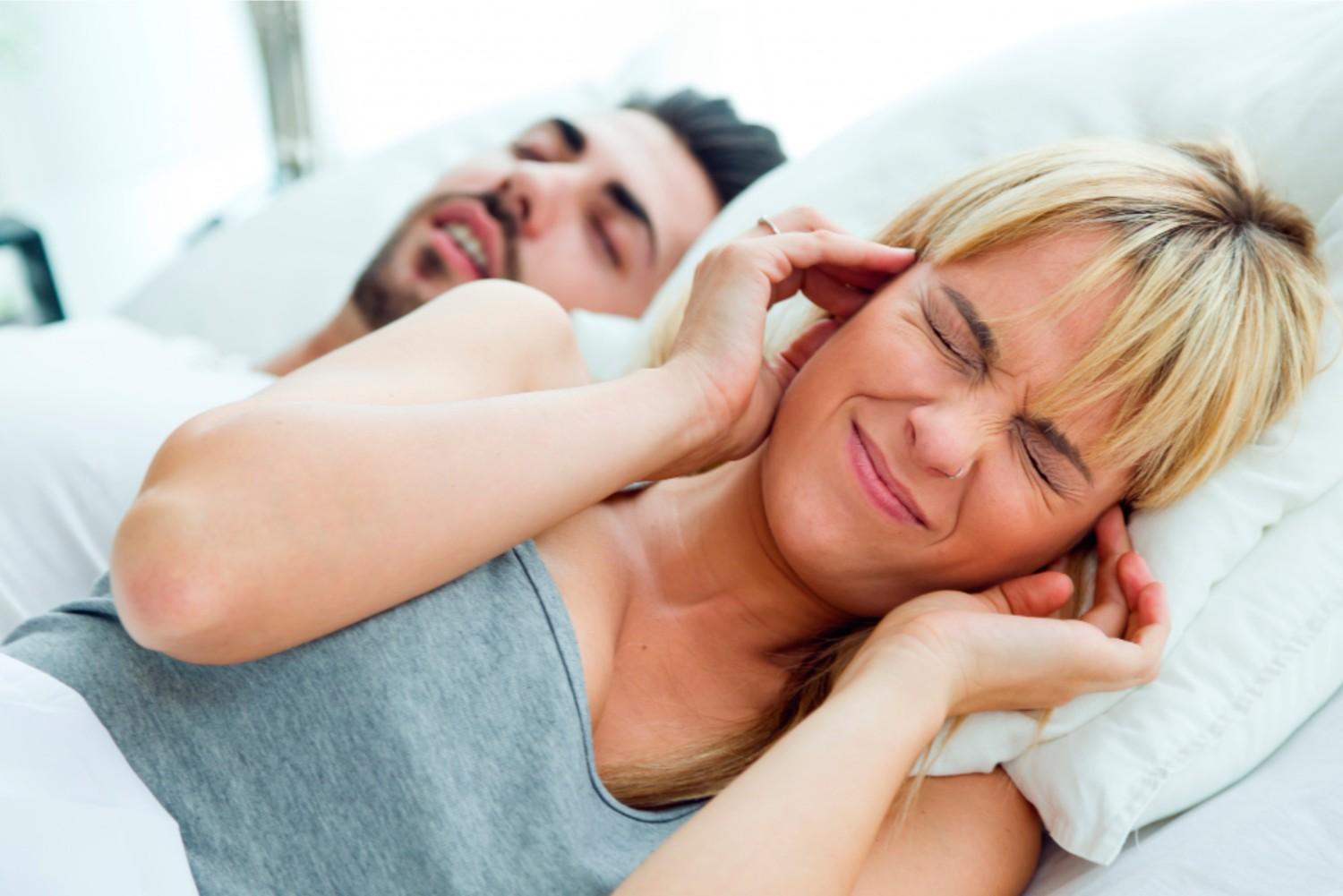
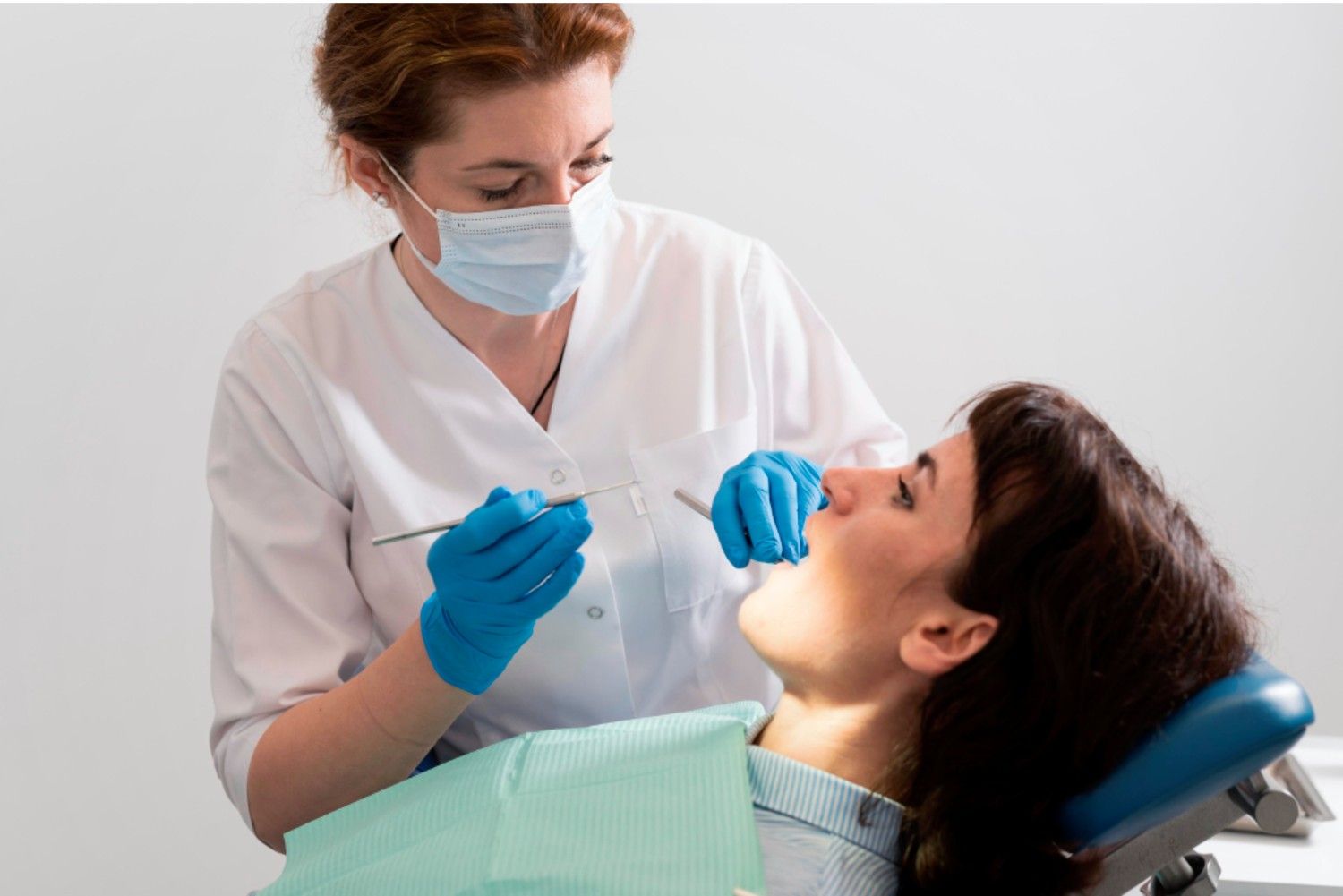
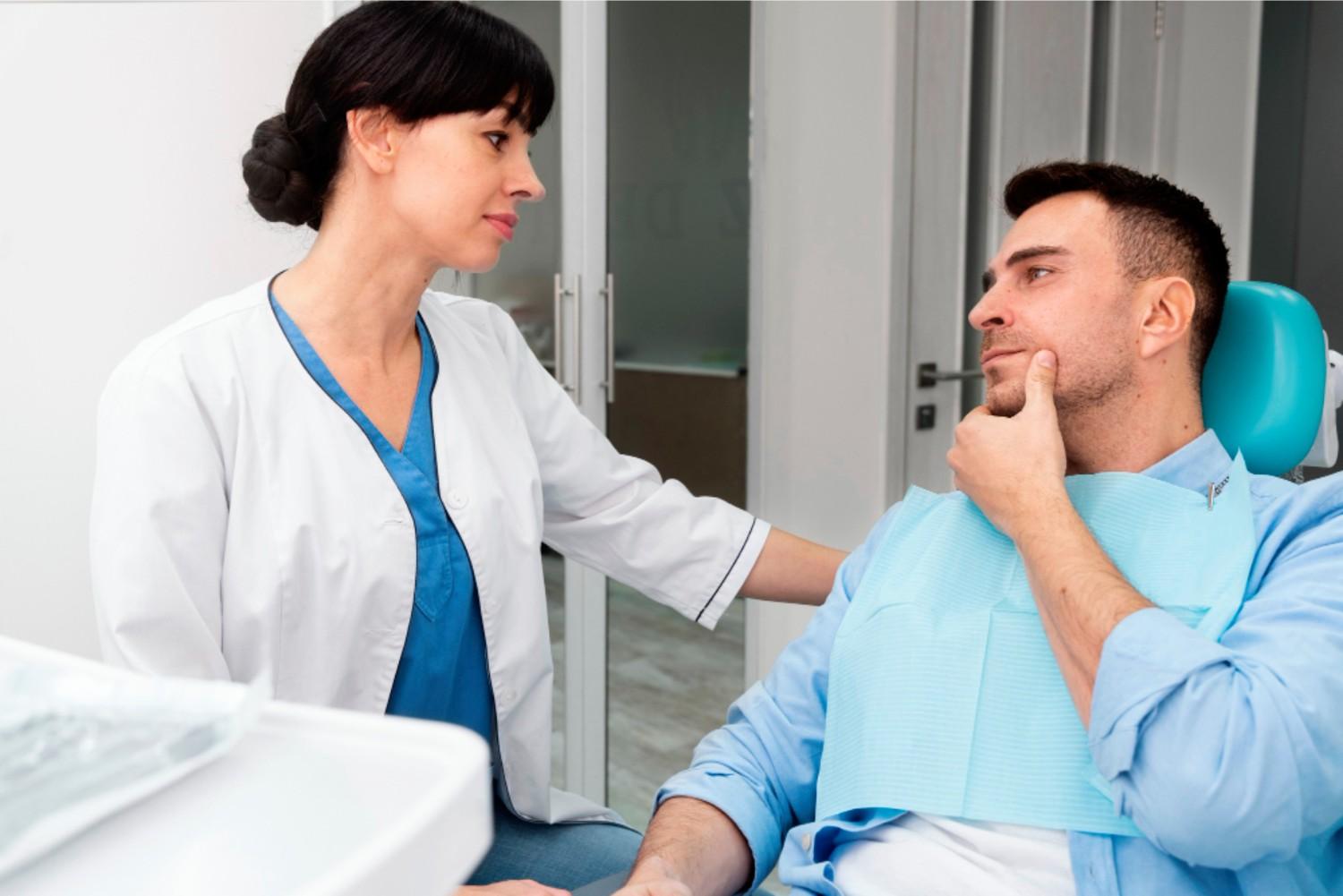
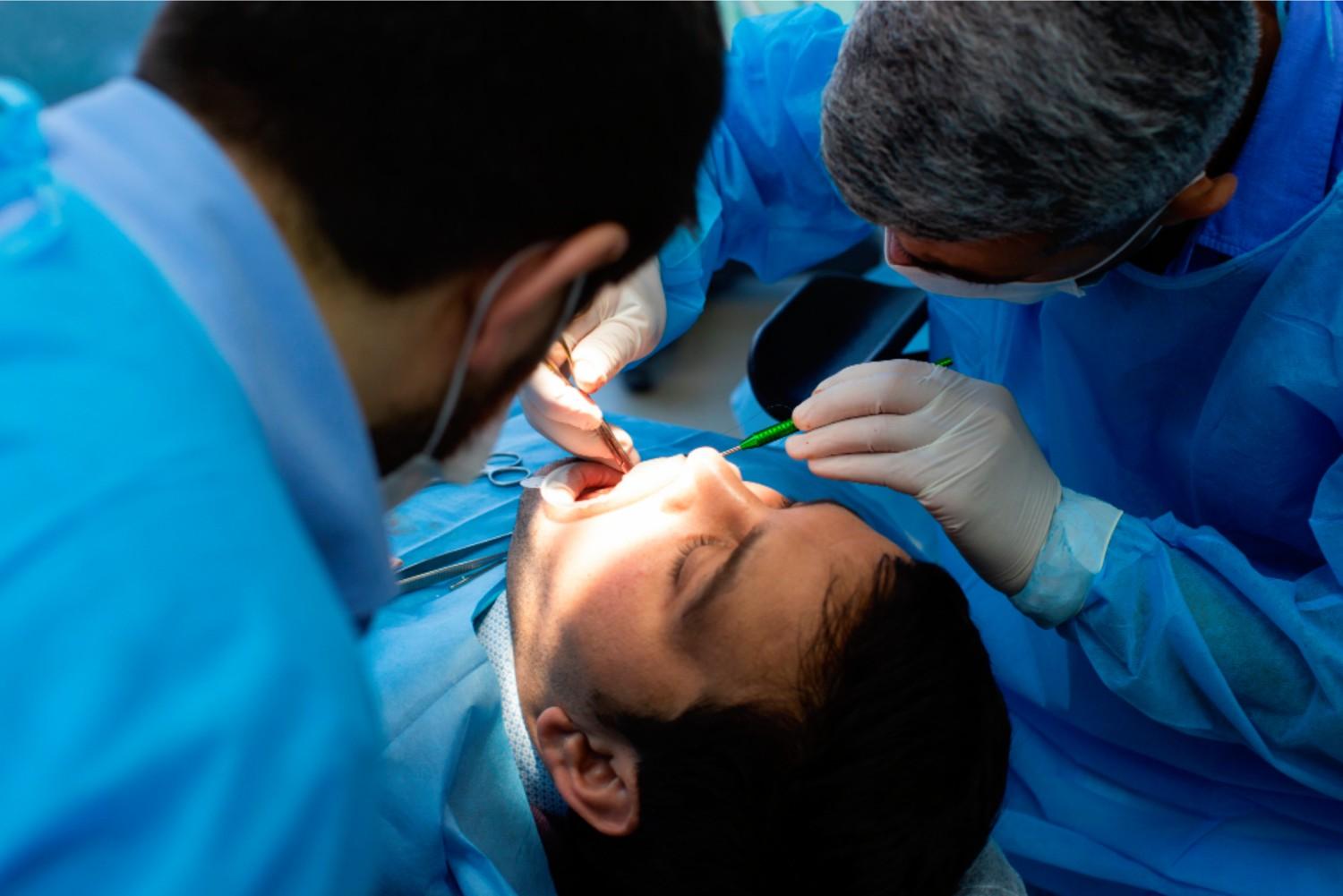
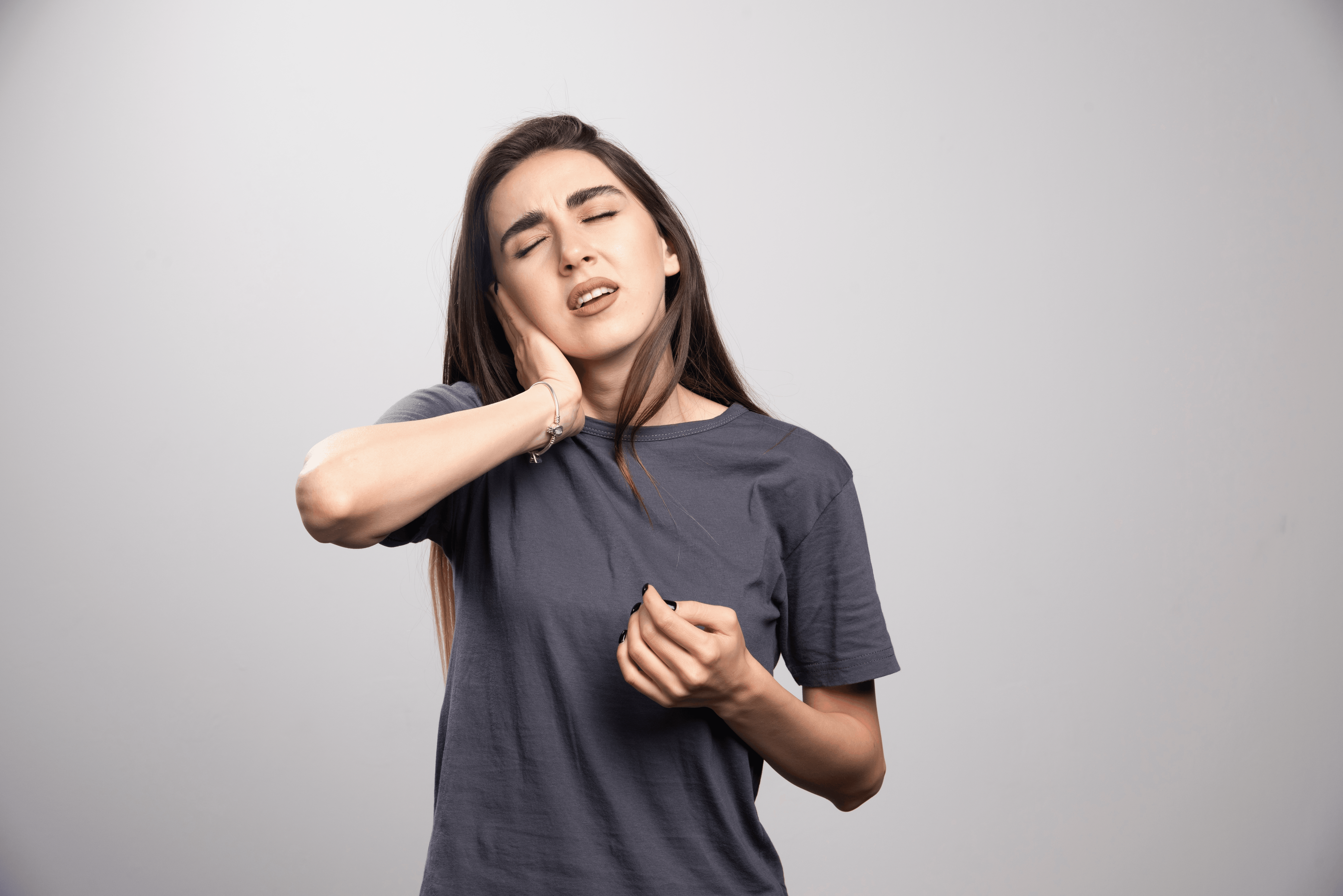
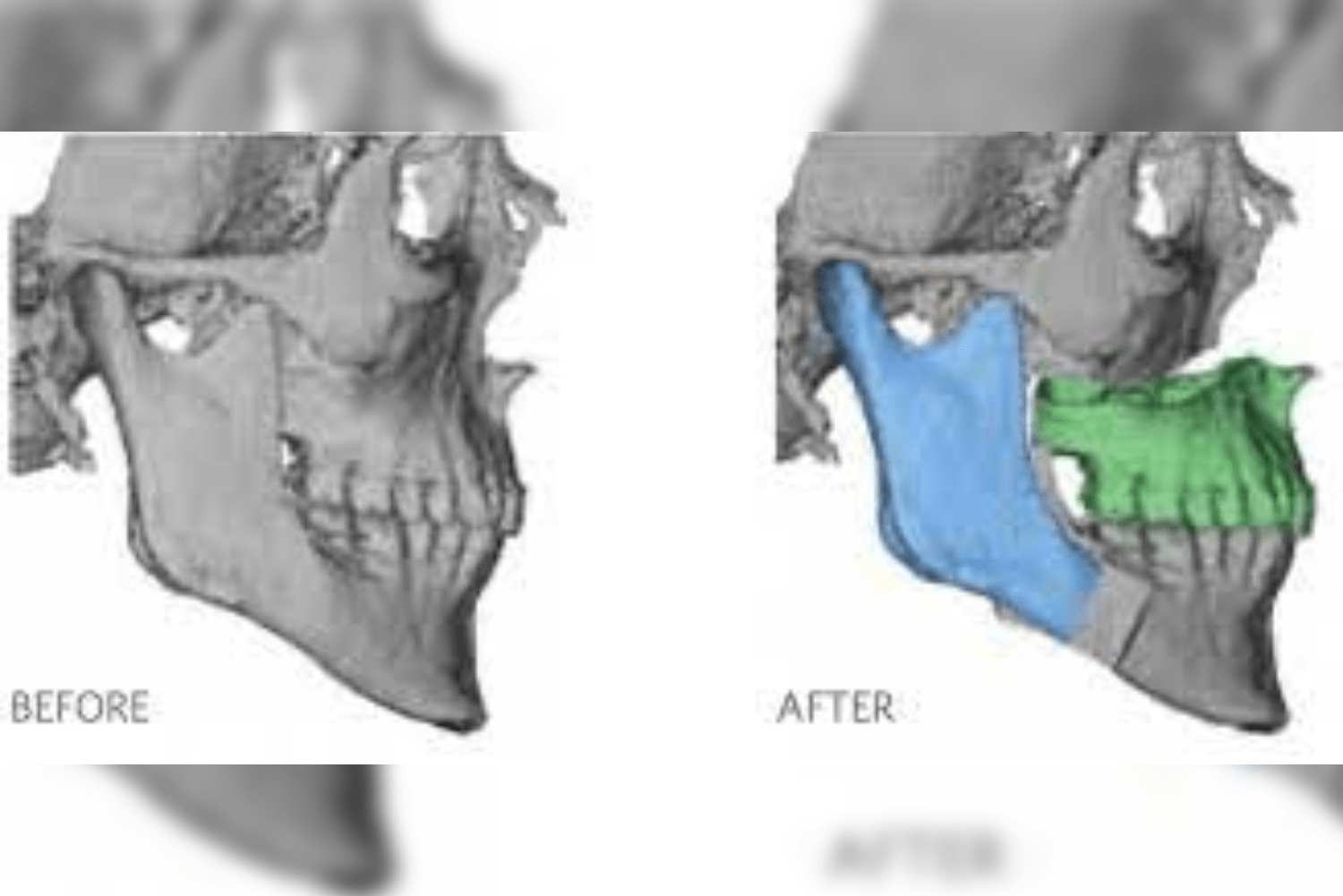
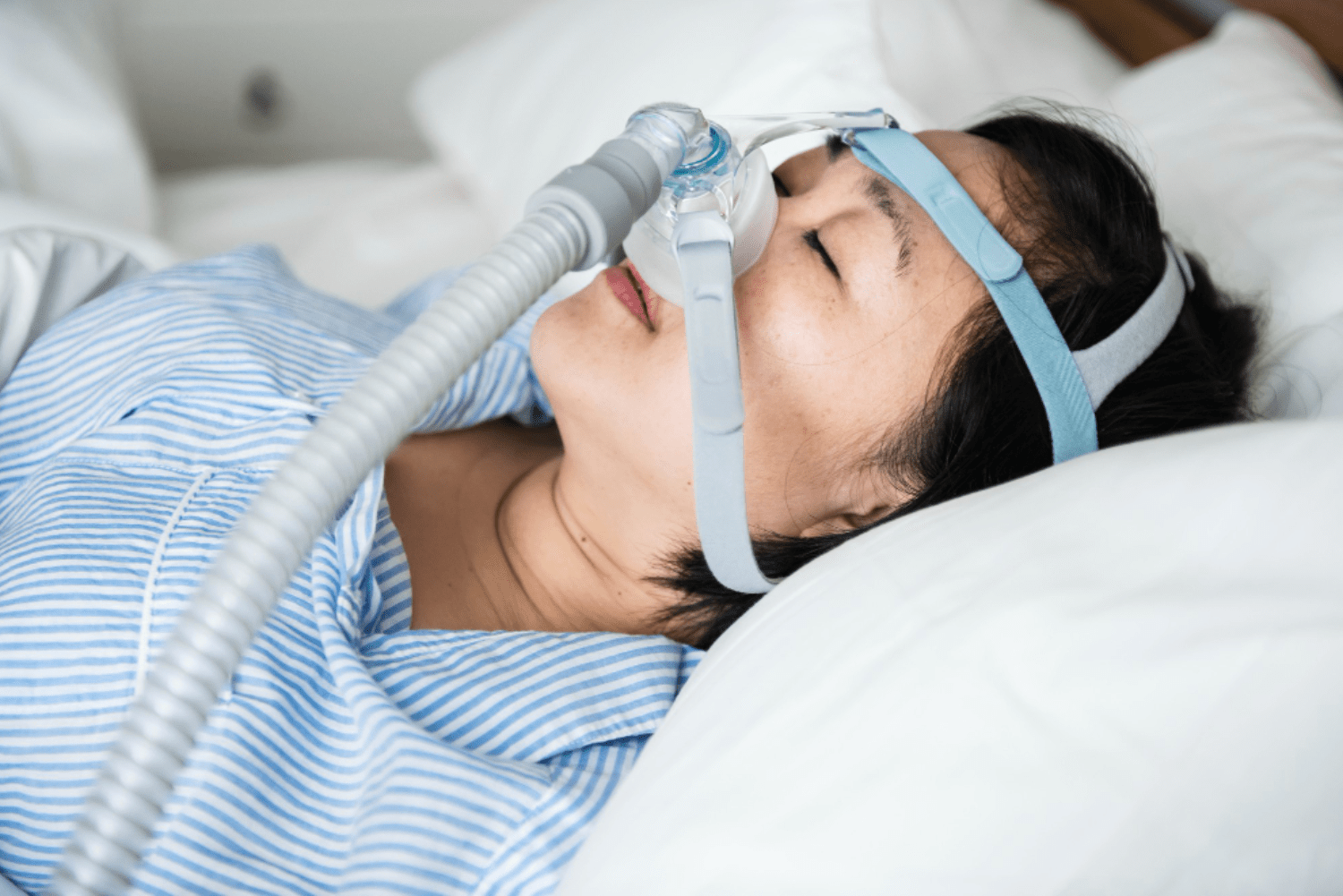
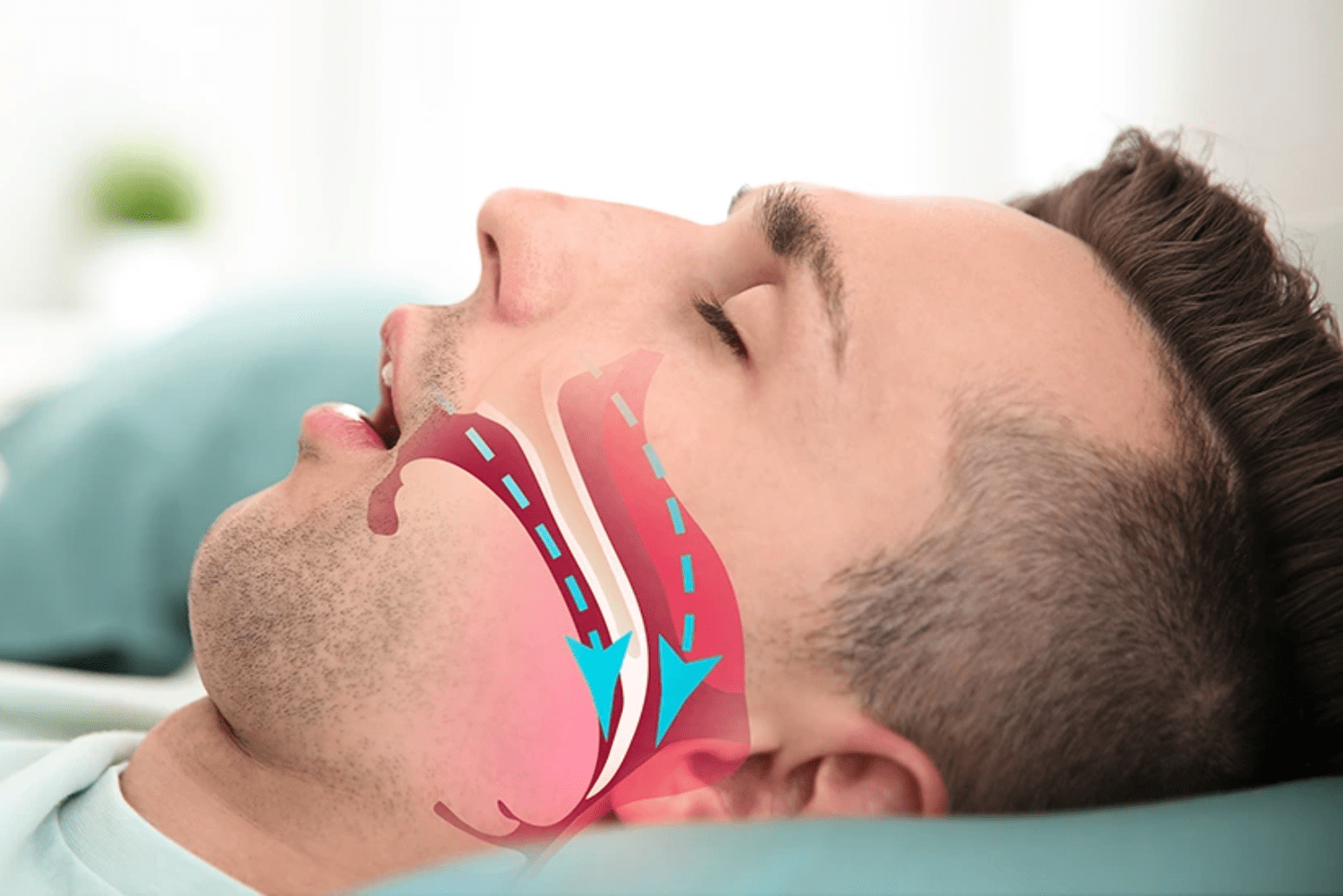
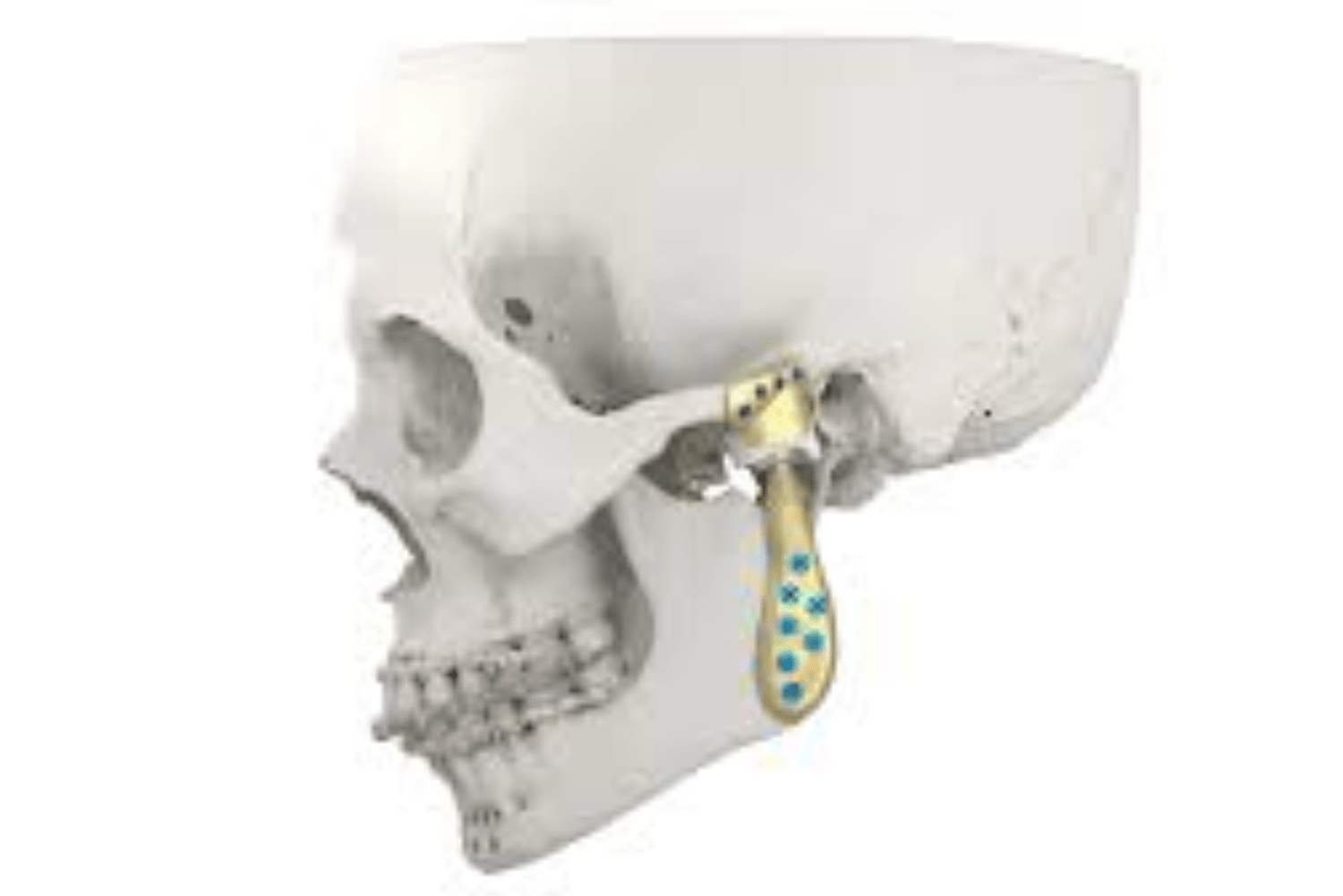
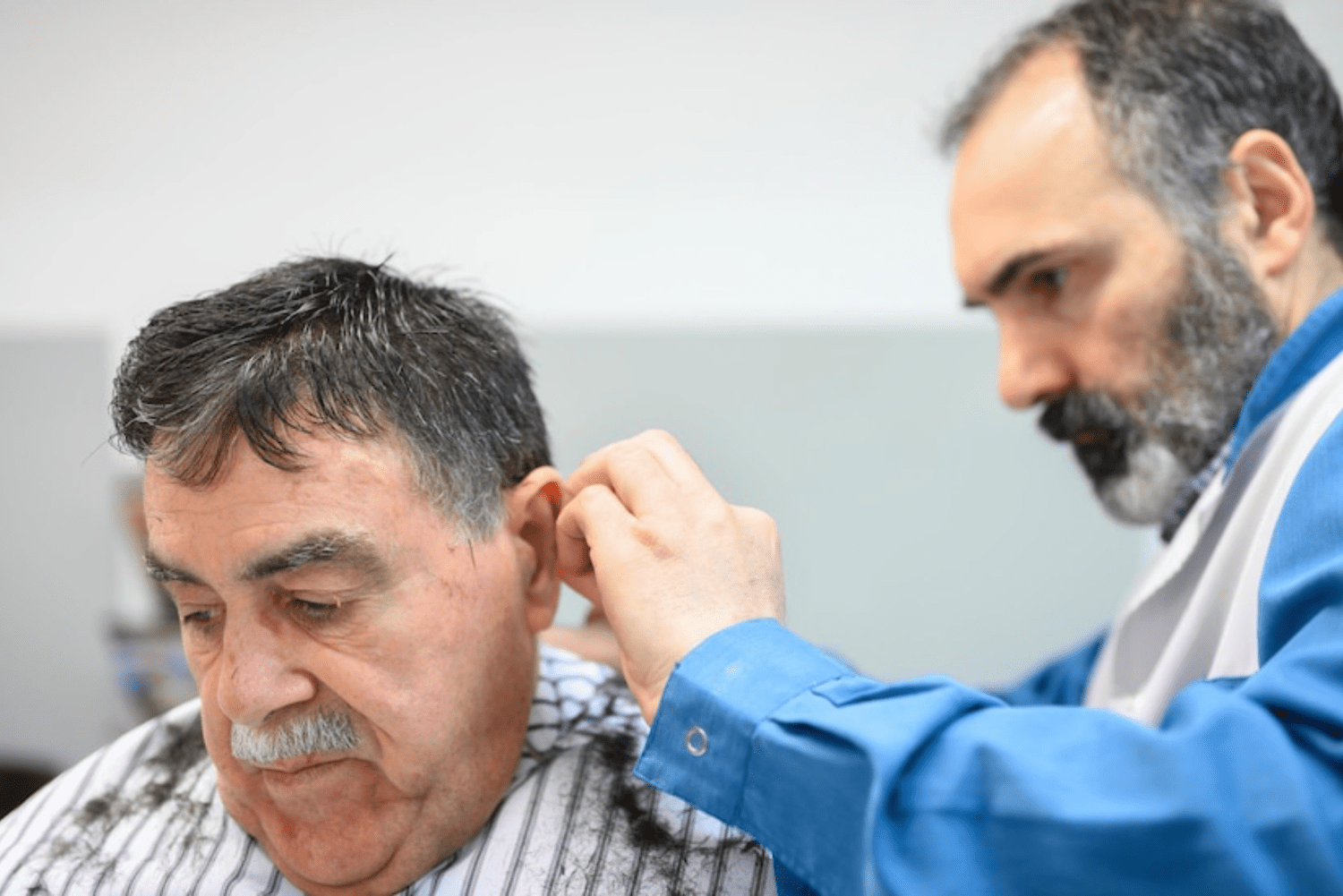


5 Responses
Good
Good
Very good
Good
Awesome